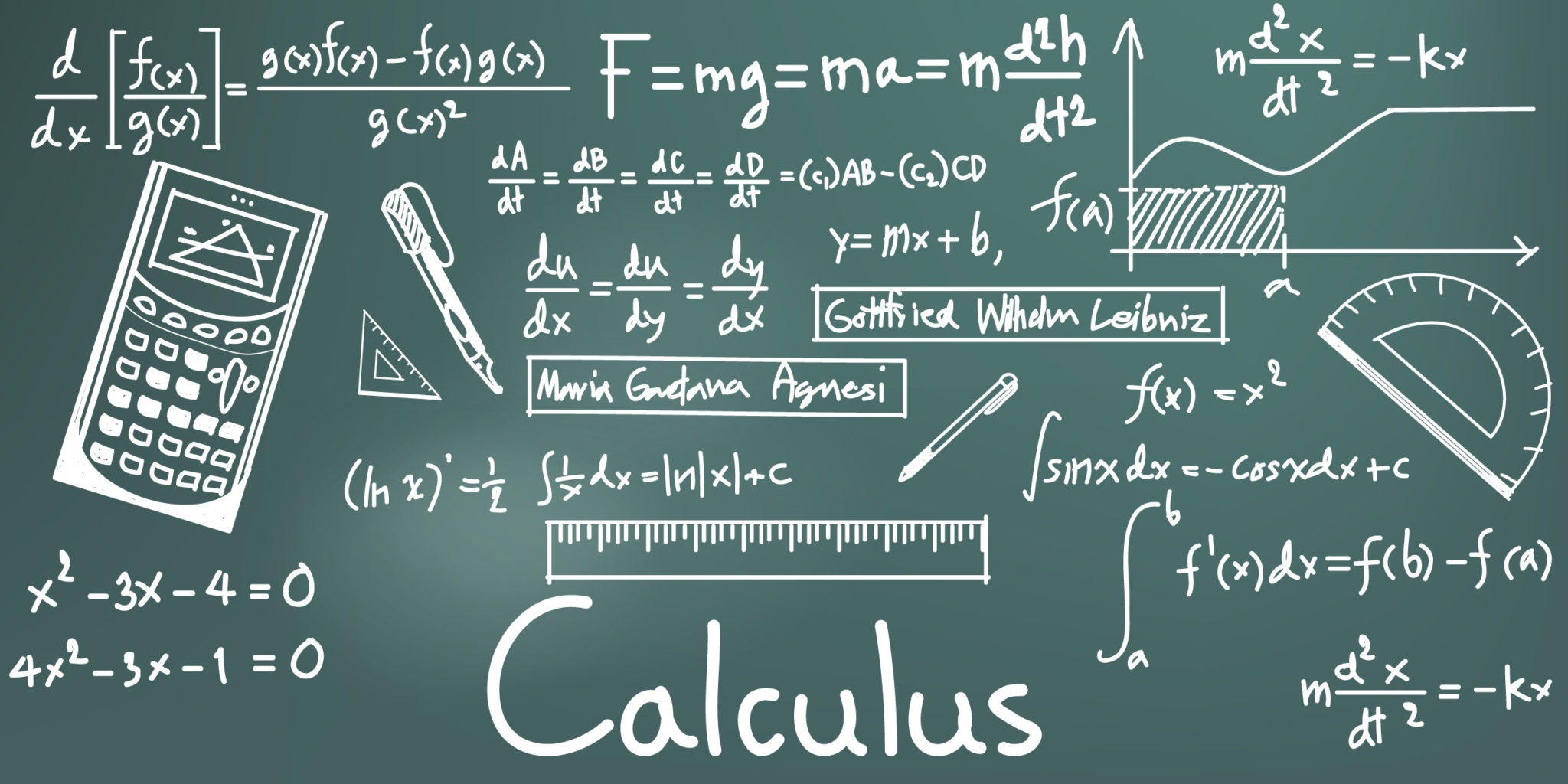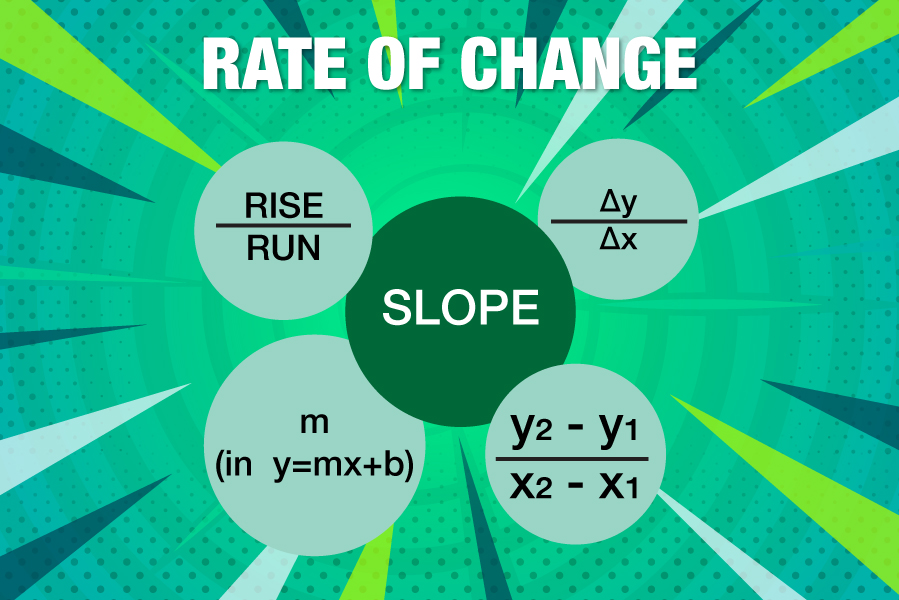Calculus – Implicit Differentiation
By The Edge Learning Center
(Published on 12 Nov 2021)

In my last blog, I talked about the steps to work through an optimization question in calculus. This time, we will look further into another typical calculus questions: implicit differentiation.
Students who are taking the IB curricula will only encounter this topic in Higher Level. For students taking AP Calculus, this will show up in both AB and BC. We can also expect to learn about this process in Additional Math if we are in IGCSE.
So how is implicit differentiation different from what we saw last time? When we work on optimization, the functions that we are tasked with are commonly explicit; in other words, the function is written in a form such that the dependent variable in the subject of the equation. Implicit equations, on the other hand, often have both the independent and the dependent variables mixed together on both sides of the equation. Even if the equation is explicit, there can be more than one independent variables involved in the equation.
When we encounter one of these two types of equations, we can apply implicit differentiation to find the derivative. In addition, implicit differentiation is particularly useful when the rate of change is in terms of another variable that is not within the equation.
When applying implicit differentiation in terms of an independent variable, it is imperative to remember that chain rule, quotient rule, and product rule must still be correctly applied. We still take the derivative of each term individually, but we need to be extra careful when the term involves the dependent variable. Let us assume that the independent variable is and the dependent variable is 𝒚 for a simple example (the process will work exactly the same with any other varibles being used). If the term is purely made up of the dependent variable (for example, let’s say the term is 𝒚³), all we have to do first is treat it like an independent variable and take the derivative. So in this case, 𝒚³ becomes 3𝒚².
Next, make sure to further multiply by 𝑑𝑦⁄𝑑𝑥. So in this case, the result of the implicit differentiation of the term 𝒚³ will become 3𝒚² 𝑑𝑦⁄𝑑𝑥. If the term involves both the independent and dependent variable, make sure to identify the correct rule to apply. When taking the derivative involving the independent variable, nothing needs to be done differently. However, when we work with the part involving the dependent variable, we must again multiply the result by 𝑑𝑦⁄𝑑𝑥. For example, let’s say the term is 𝒙𝒚². Since this is a product, we should first apply the product rule. This means we need to identify the two parts: first, 𝑥 and its derivative, which will be 1 (nothing special here), and then 𝑦² and its derivative, which will be 2𝑦 𝑑𝑦⁄𝑑𝑥. Now we put the pieces together by following the product rule, and we will see that the derivative of 𝑥𝑦² will be 𝑥⋅2𝑦 𝑑𝑦⁄𝑑𝑥+𝑦²⋅1, or simplified as 2𝑥𝑦 𝑑𝑦⁄𝑑𝑥+𝑦². The final step will be to collect all the terms involving 𝑑𝑦⁄𝑑𝑥 on one side and make 𝑑𝑦⁄𝑑𝑥 the subject.

When there are multiple variables within the equation, the implicit differentiation will likely be in terms of another reference variable. 99.9% of the time the reference variable will be (no pun intended) time, which is commonly represented by as the variable. Keep in mind that the unit of time is extremely important in terms of context, particularly if we will end up finding specific values. While the most common unit of time used in most calculus questions is second (the SI unit), the question can easily be written to use other units, and it can even further require us to convert to a different unit at the end.
The biggest difference when applying implicit differentiation in terms of time is that every variable will have to be multiplied by 𝑑?⁄𝑑𝑡 at the end. If the variable is 𝑥? Make sure to multiply by 𝑑𝑥⁄𝑑𝑡. Taking the derivative of volume V in terms of time? Then you better have a 𝑑𝑉⁄𝑑𝑡 at the end of the expression. When the term involves multiple variables, apply the proper rule and make sure the individual term has its corresponding 𝑑?⁄𝑑𝑡 attached.
Here is a simple example. Recall the distance formula in two dimension: $$𝐷=\sqrt{𝑥²+𝑦²}\ $$
Instead of taking the square root to find the distance, let’s rewrite this as 𝐷² = 𝑥²+𝑦². Taking the implicit derivative in terms of time, we now get ![]() . The beauty about implicit differentiation is that we are not limited to working with an equation where one distinct variable must be the subject. In this case, by squaring both sides of the equation, we end up with a much easier equation to differentiate, instead of going through the chain rule with the square root of a complicated expression.
. The beauty about implicit differentiation is that we are not limited to working with an equation where one distinct variable must be the subject. In this case, by squaring both sides of the equation, we end up with a much easier equation to differentiate, instead of going through the chain rule with the square root of a complicated expression.
So let’s wrap this up and remember these important tips when working on implicit differentiation:
- Decide what kind of derivative we are looking for: are we finding the derivative in terms of the independent variable, or is it in terms of time?
- Look at each term individually, making sure the chain rule, quotient rule, and product rule are applied correctly.
- Rewrite your equation to avoid unnecessary chain rule. (Tips: try to get rid of brackets if possible, but don’t force it to happen)
- If you are…
a. taking the derivative in terms of the independent variable, does the term include your dependent variable? If so, don’t forget to multiply a 𝑑𝑦⁄𝑑𝑥 at the end (or whatever letters are being used for the dependent and independent variables).b. taking the derivative in terms of a reference variable, which will likely be time, then make sure to multiply by 𝑑?⁄𝑑𝑡 every time (replace the question mark with the variable involved). - Finally…
a. group all the terms involving 𝑑𝑦⁄𝑑𝑥 on one side, factorize it, and make it the subject. Your derivative will involve both the independent and dependent variables, and that is okay!b. make sure you input values that all correspond to the same reference of time. If some values are given in terms of seconds, while others are in terms of minutes, convert them all to the same unit before finding a solution.
About The Edge
The Edge Learning Center is Hong Kong’s premier Test Preparation, Academic Tutoring, and Admissions Consulting services provider. Founded in 2008, The Edge has helped thousands of students improve their ACT and SAT scores as well as their IB and AP grades. The AC team has just finished off another successful period in which students gained acceptance to schools such as Columbia, Yale, UChicago, and more! Check out our latest Admissions Results!

